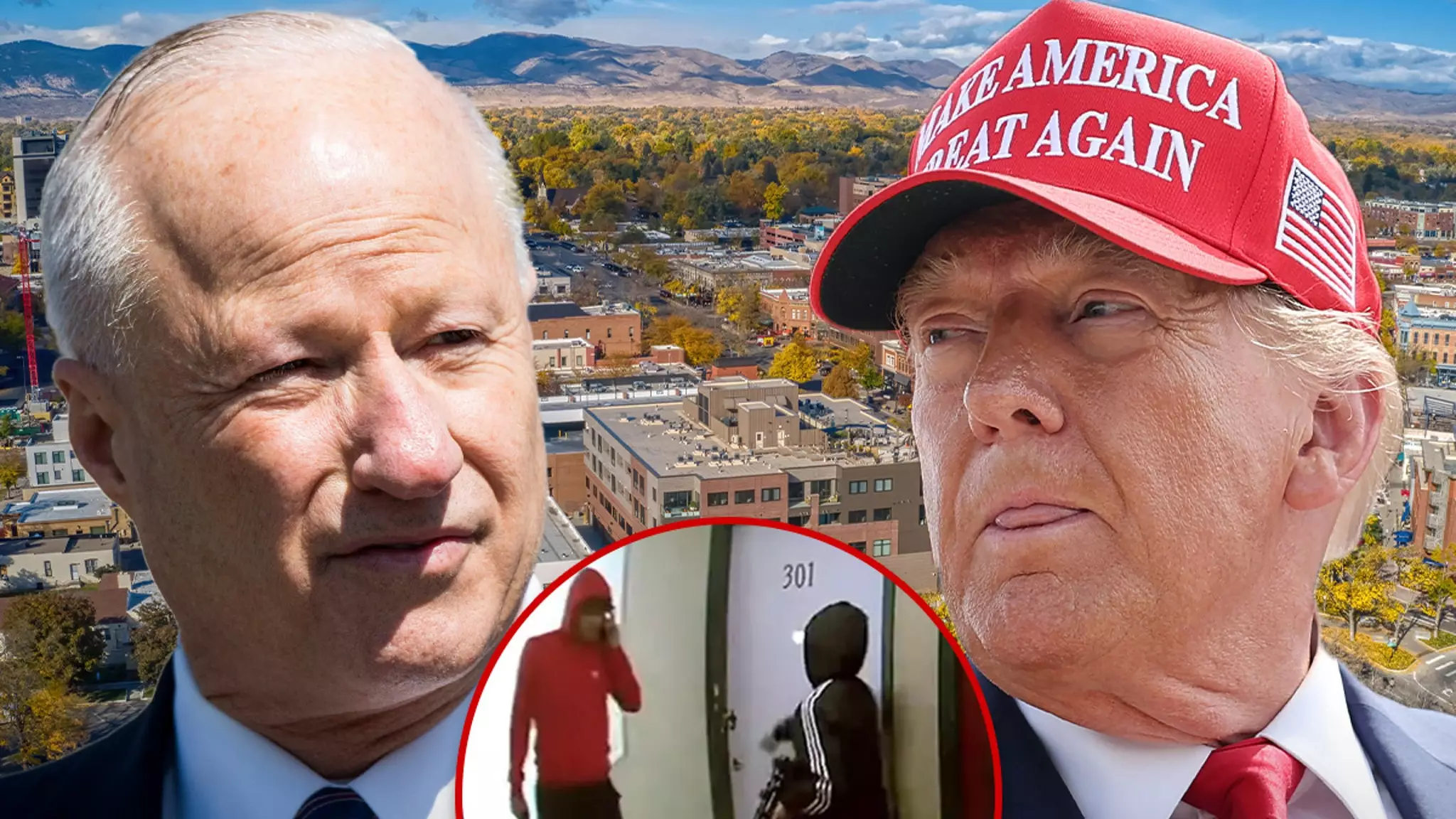Aurora, Colorado, a city characterized by its diverse community and robust population, finds itself at the center of political debate as former President Donald Trump prepares for a rally. Trump’s recent remarks depicting Aurora as a “war zone” due to immigration-related issues have drawn sharp criticism, particularly from its Republican mayor, Mike Coffman. This article seeks to dissect the rhetoric surrounding Disney’s campaign narratives and evaluate the actual circumstances affecting the city.
In a recent statement, Trump’s campaign described Aurora as being overwhelmed by chaos instigated by an influx of migrants, specifically alleging that a Venezuelan gang was directly causing fear among residents. Such strong assertions can create an echo chamber of panic and misinformation, allowing for stigmatization of minority communities. However, Mayor Coffman vehemently disagrees with these characterizations, stating that the concerns regarding gang violence have been exaggerated, a sentiment that resonates with many community members who feel safer in their neighborhoods.
The viral nature of videos showcasing alleged gang activities has undoubtedly amplified the alarmist narrative. Nevertheless, the reality, according to Coffman, is that incidents of violence are localized and do not reflect the broader safety of Aurora. With over 400,000 residents, it is crucial to approach the situation with context, rather than sensationalism.
While some might see political gain in perpetuating fearful stereotypes, Coffman aims to use Trump’s visit to showcase the city’s exceptional safety in contrast to what has been suggested. This perspective is essential to understand, as it emphasizes that local governance and community safety are more complex than blanket statements can convey.
Coffman’s eagerness to host Trump and provide a police briefing underlines his commitment to presenting Aurora as a vibrant community rather than one besieged by criminal activity. This is an important counter-narrative to Trump’s polarizing rhetoric, aiming to bridge the gap between politics and the lived experience of residents.
The discourse surrounding immigration and urban safety is particularly poignant in today’s society. Politicians often leverage fear to mobilize voter bases, but such tactics can lead to lasting divisions within communities. The complexity of urban realities cannot simply be reduced to scare tactics or generalizations about migrant populations.
As Aurora prepares to welcome Trump, it serves as a microcosm of a larger debate about immigration, safety, and how communities are portrayed in the political arena. The upcoming rally will be a litmus test for Trump’s approach to these narratives—whether he will choose to amplify fears or engage with the community’s truths.
At the end of the day, it is the residents of Aurora who will bear the brunt of political rhetoric. City officials like Mayor Coffman must navigate the fine line between political pressure and the reality of their constituencies. As the political landscape evolves, it becomes increasingly vital for local leaders to advocate for their communities’ safety and well-being, pushing back against exaggerated narratives that serve a political agenda but neglect the factual realities on the ground.

Leave a Reply